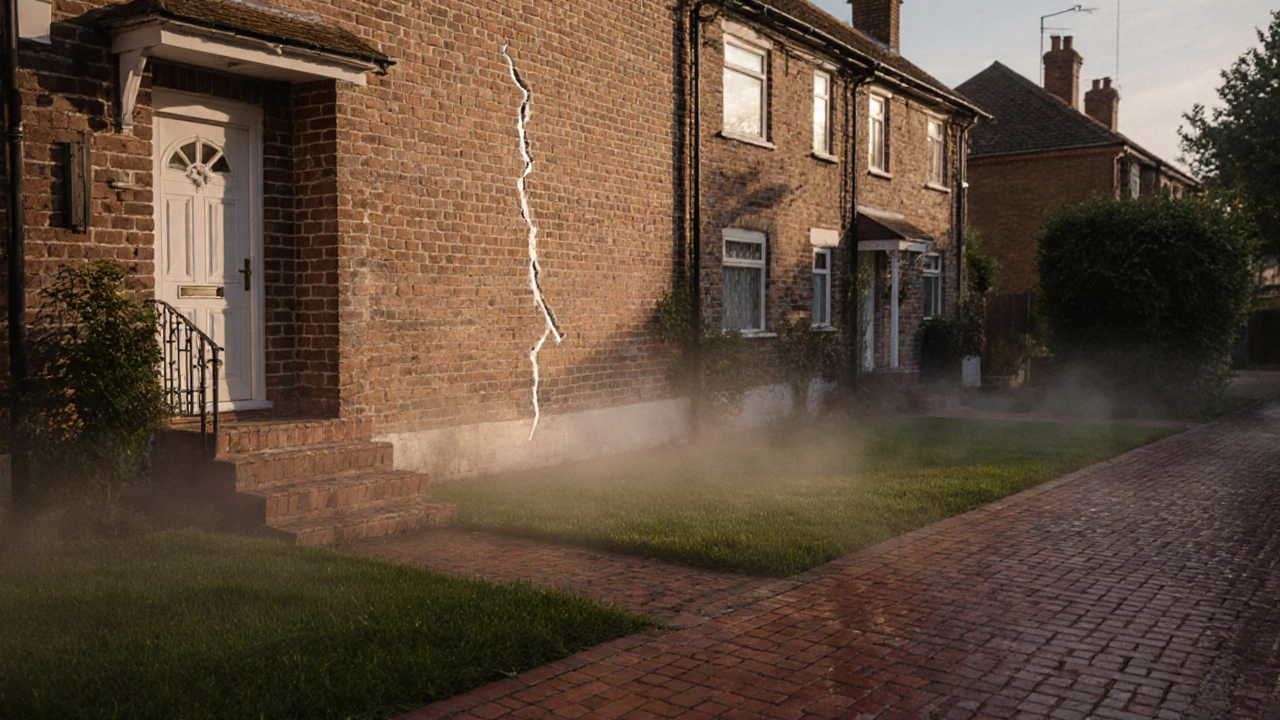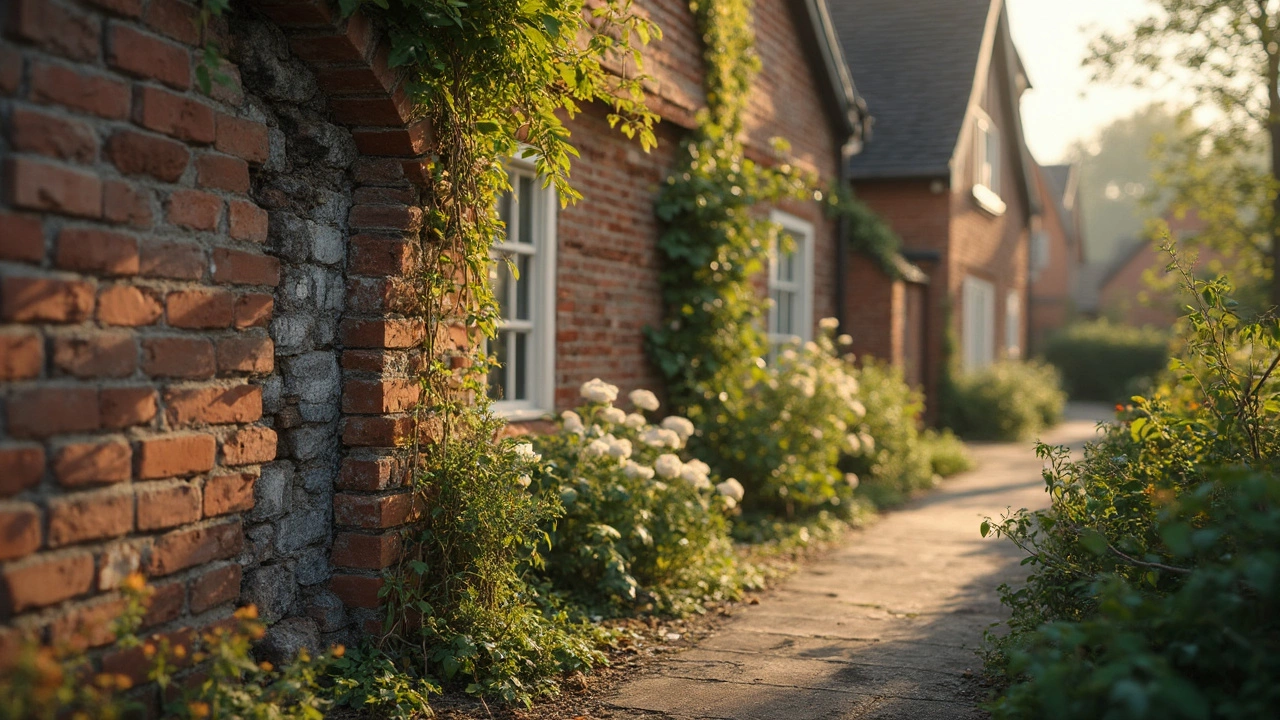Understanding Structural Damage: What Every Homeowner Should Know
Ever noticed a crack in your wall and wondered if it’s just cosmetic or something serious? Structural damage isn’t always obvious, but it can creep up on you and cost big bucks if you ignore it. In this guide we’ll walk through the most common signs, why they happen, and what you can realistically do before calling a professional.
Common Causes and Warning Signs
First off, what actually counts as structural damage? Think of anything that affects the load‑bearing parts of your house – foundations, beams, load‑bearing walls, and the roof frame. Here are the red flags that usually point to a problem:
- Horizontal cracks in foundation walls. These cracks grow sideways, not vertically, and often mean pressure from soil or water is pushing against the wall.
- Uneven floors. If one corner of a room feels higher than the rest, it could be a sign the foundation is shifting.
- Door frames that stick or won’t close. When a door suddenly drags, the frame is likely moving.
- Cracks that widen over time. A hairline crack that gets bigger each season is a big warning.
- Damp spots or water pooling near the foundation. Water can erode soil and cause the ground to settle.
Most of these issues start because of soil movement, poor drainage, or simply the natural settling of a house over years. In older homes, added weight from renovations can also stress the original frame.
How to Fix and When to Call the Pros
If you spot any of the signs above, start with a quick self‑check. Grab a level and see if the floor is truly sloped. Use a flashlight to trace the length of a crack – is it isolated or does it run along a whole wall? Document what you find; photos and notes help any contractor understand the problem fast.
For minor issues – a small hairline crack in a non‑load‑bearing wall – you can usually fill it with epoxy or a flexible sealant. Make sure the area is clean and dry before you apply the product. This won’t stop a foundation problem, but it does stop water from getting in.
When the crack is horizontal, the floor is uneven, or doors start sticking, it’s time to call a professional. A qualified structural engineer can assess load‑bearing elements and recommend the right repair method, whether it’s underpinning, wall anchors, or slabjacking. Trying to DIY a foundation repair without proper equipment can make things worse and cost you more in the long run.
Another tip: improve drainage around your house. Keep gutters clean, add proper downspouts, and make sure the soil slopes away from the foundation. A simple landscaping change can stop a lot of water‑related damage before it starts.
Bottom line: don’t ignore small cracks or odd door behavior. A quick inspection and a little preventive maintenance can save you from big, pricey repairs later. When in doubt, get a pro on the job – it’s worth the peace of mind and protects the value of your home.

Spotting Foundation Issues: How to Tell If Your Home Has Structural Problems
Sep 29, 2025, Posted by Damon Blackwood
Learn how to spot foundation issues early with clear signs, DIY tests, common causes, repair options, and prevention tips for homeowners.
MORE
Does Insurance Cover Structural Damage? Foundation Repair Answers You Need
Jun 12, 2025, Posted by Damon Blackwood
Ever wondered if insurance will pay for your crumbling foundation? This article breaks down what counts as structural damage, when insurance companies step up, and why those fine-print exceptions matter. You'll find out how to spot covered causes, what evidence to have ready, and what to expect if you file a claim. Real tips on dealing with insurers so you don’t get left holding the bill. Protect your wallet and your house by knowing exactly where you stand.
MORE
How Big of a Foundation Crack is Serious? Here's What You Need to Know
Mar 13, 2025, Posted by Damon Blackwood
Foundation cracks can be alarming, but not all of them spell trouble. In this article, we explore which cracks you should worry about and which are just cosmetic quirks. We’ll dive into the different types of cracks, how their size and direction matter, and tips for keeping your home safe. Plus, learn when it’s time to call in the experts to avoid costly repairs down the line.
MORESEARCH HERE
Categories
TAGS
- foundation repair
- commercial construction
- construction
- new builds
- home improvement
- home renovation
- bathroom renovation
- residential construction
- construction materials
- home foundation
- renovation tips
- building types
- contractor
- foundation cracks
- home construction
- architectural services
- building codes
- construction differences
- home inspection
- kitchen installation